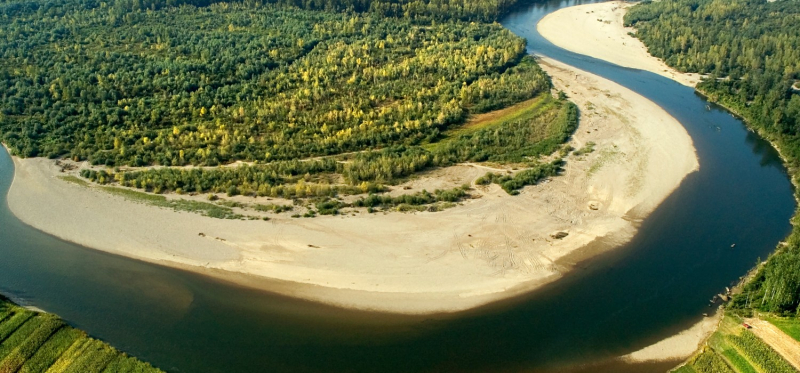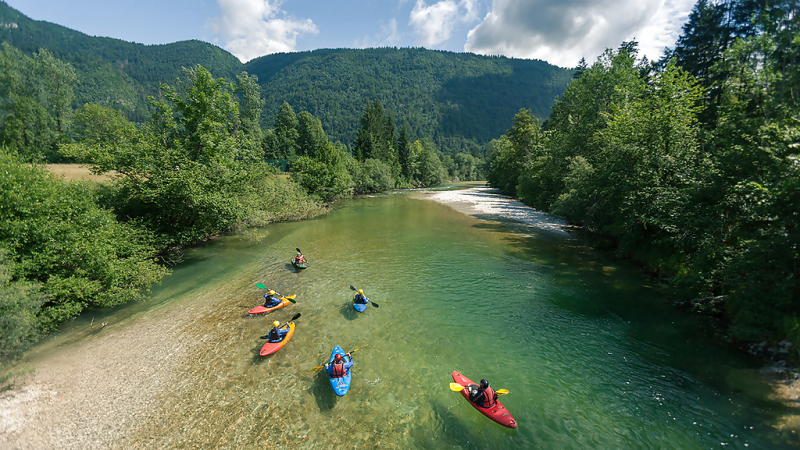Sava River

The Sava river is a tributary of the Danube river that runs approximately 615 kilometers. The river is also the second longest river in Croatia. It separates Bosnia & Herzegovina from Croatia. The Sava river contributes to the drainage of the waters of the Dinaric Alps, a long mountain range that runs through multiple nations.
This river is home to a diverse range of fish and amphibian species, which provide food for a variety of birds and mammals. Many of these creatures are endangered or rare all over the world. The Sava River is important not only for animals but also for local human communities. The Sava river watershed is home to 18 hydroelectric units that generate more than 10 megawatts of energy. The basin's waters are used for a variety of agricultural purposes, the most important of which being fish farming.
Both Sisak and Slavonski Brod are Croatian port cities on the Sava River. The most serious threat to the river's ecosystem has been urbanization, namely wastewater. Approximately 86 percent of released wastewater is either untreated or improperly treated. Furthermore, agriculture pollutes waterways through the creation of livestock excrement. One of the most difficult conservation challenges is reconciling the need for economic development with the requirement for sustainable water usage practices.
Length: 615 miles











